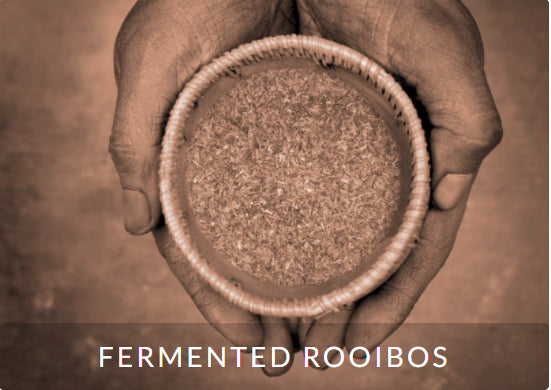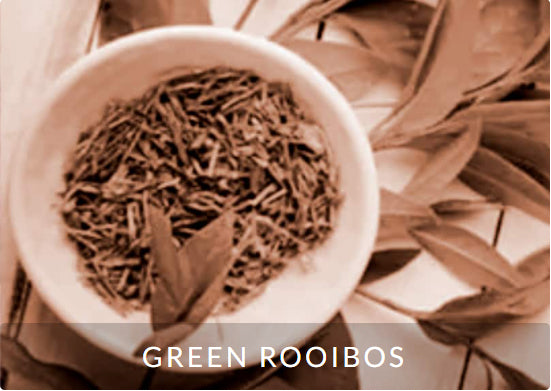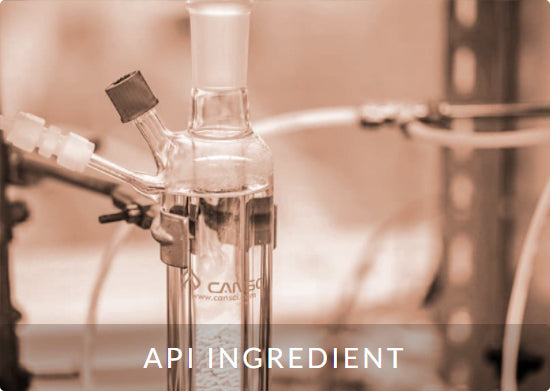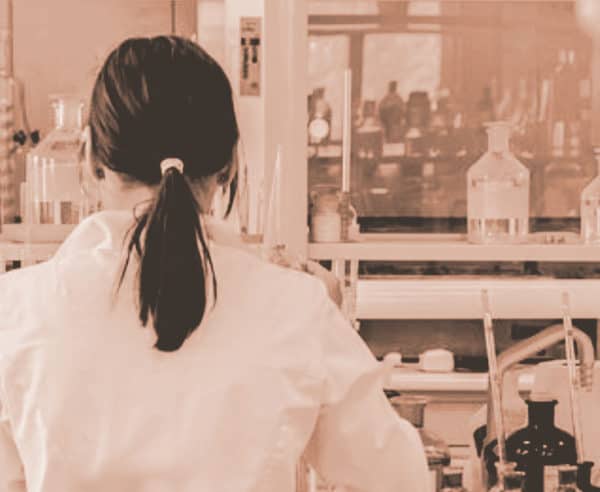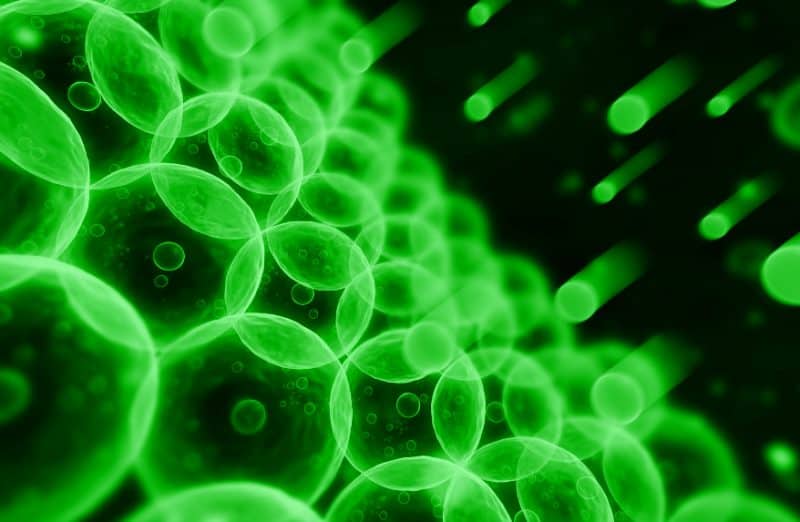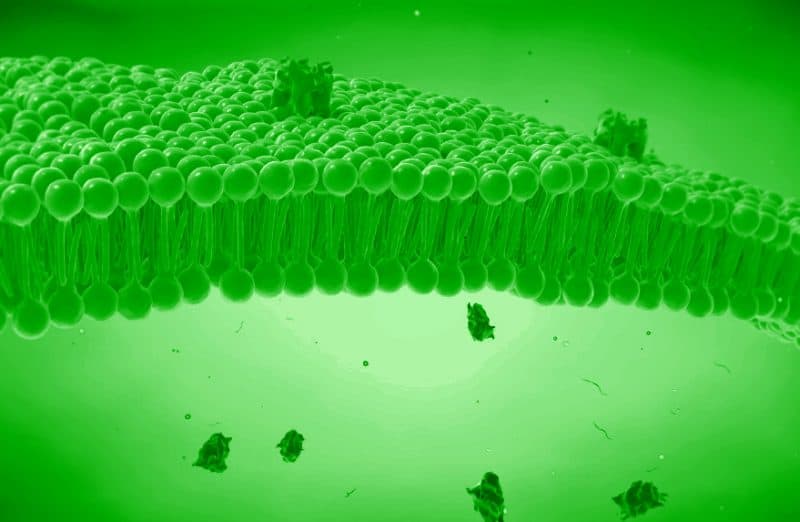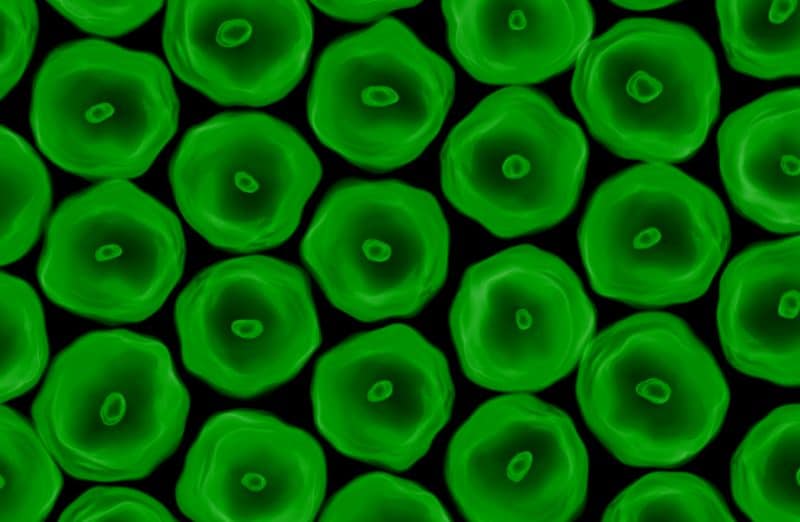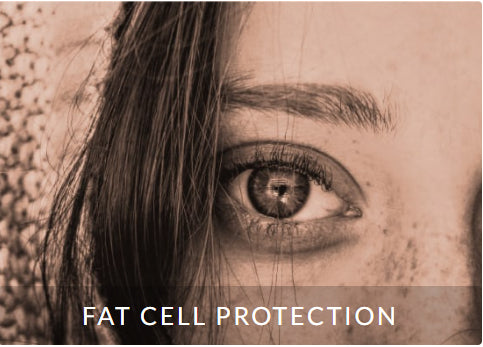
ROOIBOS
THE STORY
THE ROOIBOS STORY
Aspalathus linearis commonly referred to as rooibos, is a South African herbal tea that has become increasingly popular worldwide. The plant is endemic to the Western Cape of South Africa, where it is extensively cultivated for both domestic and international markets.
For centuries, the indigenous Khoisan women of South Africa have sipped the distinct red coloured herbal tea and sworn by its soothing and healing properties. They bruised the wet, freshly cut, needle-like leaves of the native shrub and allowed it to ferment in the hot African sun, turning the herb red. The resultant rooibos tea, better known as ‘redbush’, was traditionally used by the Khoisan tribe as an herbal medicine for a wide range of ailments.
12 REASONS WHY ROOIBOS IS GOOD FOR THE SKIN
Aside from boosting the immune system, rooibos tea drinkers have reported a rejuvenating effect for skin health. Skin benefits include reducing the signs of ageing and alleviating skin irritations and allergies. Accordingly, rooibos extract has been used in cosmetic products over the years but what is it about this wonder herb that makes it a powerhouse for skin health and healing?
Collapsible content
1. Rich in Anti-oxidants
Rooibos contains flavonoids, the main group of polyphenols, which act as antioxidants, fighting free radicals. Rooibos is considered unique due to the presence of aspalathin and aspalalinin, two monomeric flavonoids exclusive to rooibos. Green rooibos has more antioxidant benefit than the more popular oxidised (red) rooibos, because the flavonoids are not destroyed by the fermentation process.
2. Natural Anti-Oxidant Enzyme
Rooibos is rich with the enzyme superoxide dismutase, which plays a very important part in neutralizing free radicals. Free radicals are a by-product of cell metabolism that can damage cells, cause cancer and heart disease.
3. Anti-Ageing
Rooibos provides a rich natural source of Alpha-hydroxy acids (AHA) and zinc, known for their anti-ageing properties.
4. Anti-Inflammatory
Oxidative stress can induce inflammation. The main flavonoids in rooibos, aspalathin and nothofagin, have anti-inflammatory properties and so help to treat skin conditions such as eczema, acne and rosacea.
5. Wound Healing
Both red and green rooibos play very important but distinct roles in wound healing. Red rooibos is pro-inflammatory and helps kick-start the initial inflammatory response. Green, rooibos on the other hand, contributes greatly to the latter phases of wound healing, specifically the proliferative phase and tissue remodelling.
6. Fat Protection
Loss of fat tissue in the face can lead to sunken eyes, fine lines and wrinkles and skin folds. Rooibos protects and repairs preadipocytes, the predominant cells in adipose (fat) tissue, helping to maintain skin fullness.
7. Weakens Protein Glycation
Rooibos can weaken protein glycation; a mechanism whereby proteins bind with sugar molecules to form Advanced Glycation End Products, also ironically known as AGE. Glycated collagen can lead to inflammation and destroy a functional collagen matrix, contributing to an aged skin appearance.
8. Anti-Bacterial
Rooibos is antibacterial, helping to treat and alleviate bacterial infections on the skin.
9. Rich in Minerals
Such as calcium, iron, potassium, copper, fluoride, manganese, magnesium and zinc. These minerals may help boost the immune system and keep the body healthy.
10. Rich in Vitamin D
Vitamin D is essential for skin health as it boosts the immune system and helps destroy free radicals that can cause premature ageing.
11. Anti-Viral
Polyphenols also have anti-viral properties, boosting the immune system and helping maintain that healthy glow.
12. Anti-mutagenic
Polyphenols in rooibos have anti-tumour and photoprotective properties, so Rooibos potentially offers sun protection and may help prevent skin cancer by delaying the progression of abnormal cell development.

ROOIBOS
THE SCIENCE
THE SCIENCE BEHIND THE BRAND
For all its skin healing properties, rooibos is best known for its antioxidant activity. Both red (fermented) and green (unfermented) rooibos contain high levels of flavonoids, the main polyphenols that fight oxidative stress from free radicals. Rooibos is considered unique due to the presence of aspalathin and aspalalinin, two monomeric flavonoids exclusive to rooibos.
The bioavailability of these polyphenols varies according to the raw ingredient and any extraction process used. Research shows, however, that the fermentation process used in the preparation of red rooibos significantly reduces the polyphenol content and destroys up to 90% of aspalathin, the rare flavonoid found in rooibos.
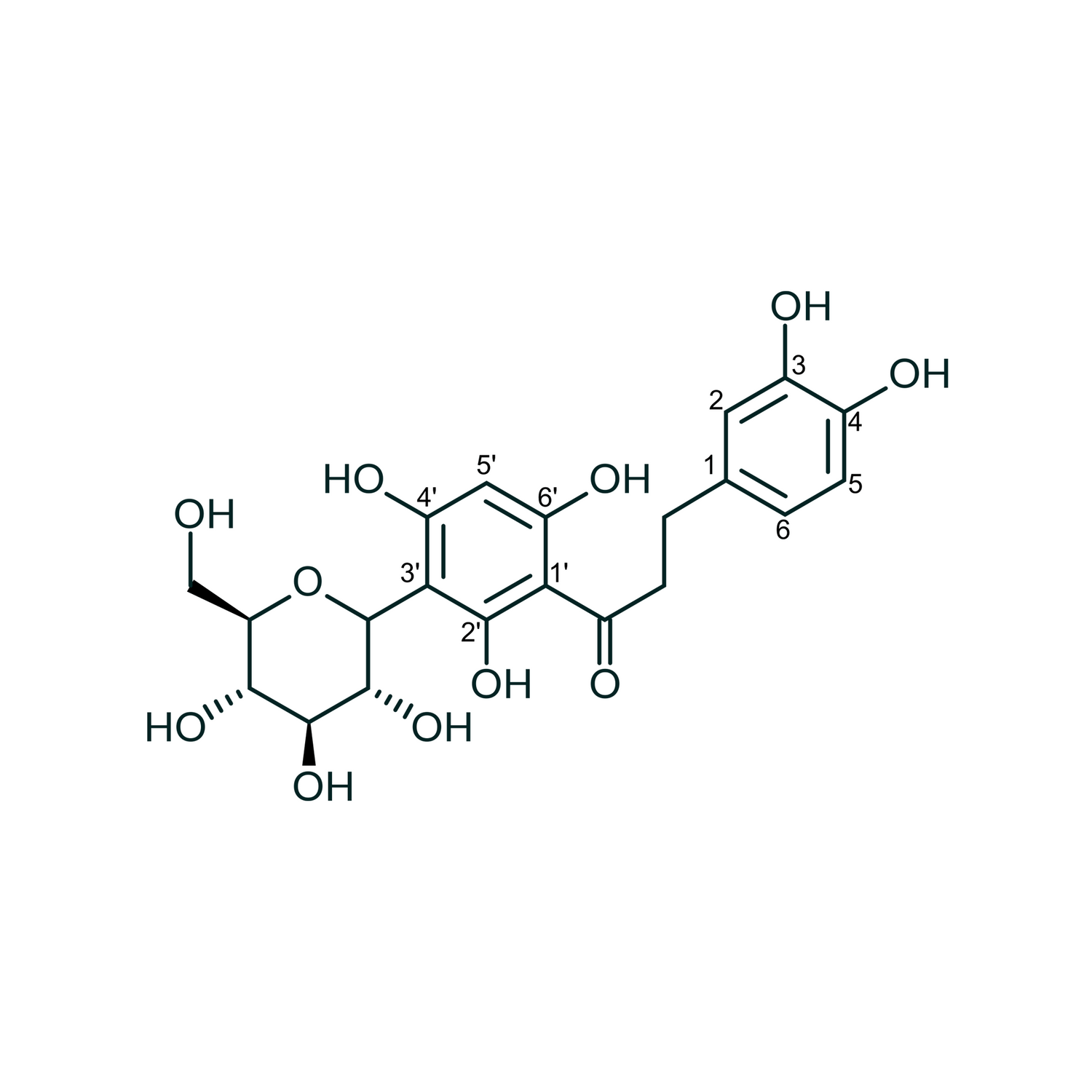
MAYSAMA’s Green Rooibos Bioactive Ingredient Is Extracted Using A Patented Process Which Gives A Greatly Enhanced Aspalathin Content And Improved Antioxidant Activity.
To maximise the aspalathin and antioxidant content of rooibos for cosmetic application, a patented extraction procedure has been developed from unfermented (green) rooibos. This had led to a final product with greater aspalathin content and improved antioxidant activity than that of the traditional fermented extract. Maysama are the first cosmetic company to use this aspalathin-enriched green rooibos extract as an ingredient for cosmetic application.
In fact, data shows that the Aspalathin content in MAYSAMA’s Green Rooibos Extract is 14% compared to just 2% in standard green rooibos and only 0.2% in red rooibos.
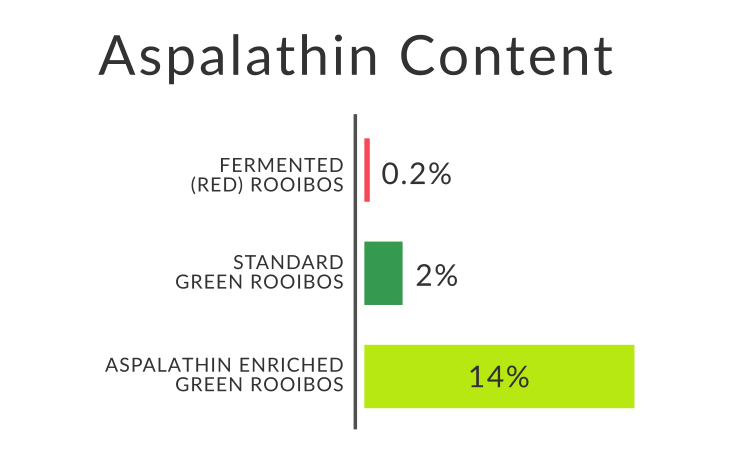
The Aspalathin Content In MAYSAMA’s Pharmaceutical Grade Green Rooibos Extract Is 14% Compared To Just 2% In Standard Green Rooibos And Only 0.2% In Red Rooibos.
ROOIBOS IN SKINCARE
Many scientific studies support the beneficial effects of rooibos for skin health. Aside from the high content of flavonoids, superoxide dismutase and minerals, which serve to protect the skin from free radicals and environmental damage, rooibos exhibits anti-inflammatory, antibiotic, antiviral and antimutagenic properties, which reinforce rooibos as a powerful agent for skin health. It is also a rich source of Alpha Hydroxy Acids and Zinc known for their anti-aging properties, as well as many minerals and Vitamin D needed for skin health.
Rooibos as a True Bio-Active Cosmetic Ingredient
To better understand the cosmetic potential of Green Rooibos, MAYSAMA set up a collaboration with the Nelson Mandela Institute of Science and Technology, South Africa, who have many years’ experience of research into rooibos. Our studies have some remarkable findings.
-
Bioavailability
For an antioxidant to be bioavailable it must be able to permeate a cell membrane and accumulate within the cell to perform its antioxidant function. Our research shows that, relative to some other well-known antioxidants, our Green Rooibos API ingredient has superior bioavailability. In contrast, soluble Vitamin E appears to be weakly permeable and less bioavailable.
-
Protection against Cell Death
The ultimate fate of cell damage from oxidative stress is cell death, also known as APOPTOSIS. In cells exposed to prolonged oxidative stress, our data confirms that our pharmaceutical grade Green Rooibos enhances cellular resistance to oxidative stress and provides protection against apoptosis. The level of protection provided is comparable to Green Tea and superior to Resveratrol and soluble Vitamin E.
-
Stimulating Intrinsic Antioxidant Pathways
Aside from its own antioxidant activity, Green Rooibos is seen to stimulate the intrinsic antioxidant pathways that exist within a cell, which cells rely on to naturally protect against oxidative stress. This mechanism is also known to exist in Green Tea. In contrast to their exceptional antioxidant activity, in cells exposed to prolonged oxidative stress, Resveratrol and soluble Vitamin E were seen to have a cytotoxic effect, increasing the incidence of cell death.
More Than an Antioxidant
Aside from its antioxidant capacity, Rooibos exhibits many other therapeutic properties that make it a powerful ingredient for anti-aging.
In Conclusion
The antioxidant activity of Green Rooibos, its bioavailability and its mode of action is aligned with that of Green Tea, and superior to other well-known cosmetic antioxidants. This combined with the substantiated safety of rooibos, as well as its other therapeutic properties, including inhibition of protein glycation, fat cell protection and photo-protection, recognise Rooibos as a true and powerful cosmetic ingredient, particularly for anti-aging. That’s why MAYSAMA’s Green Rooibos Pressed Serum hero’s pharmaceutical grade Aspalathin-enriched Green Rooibos as an API ingredient with true cosmetic purpose.

